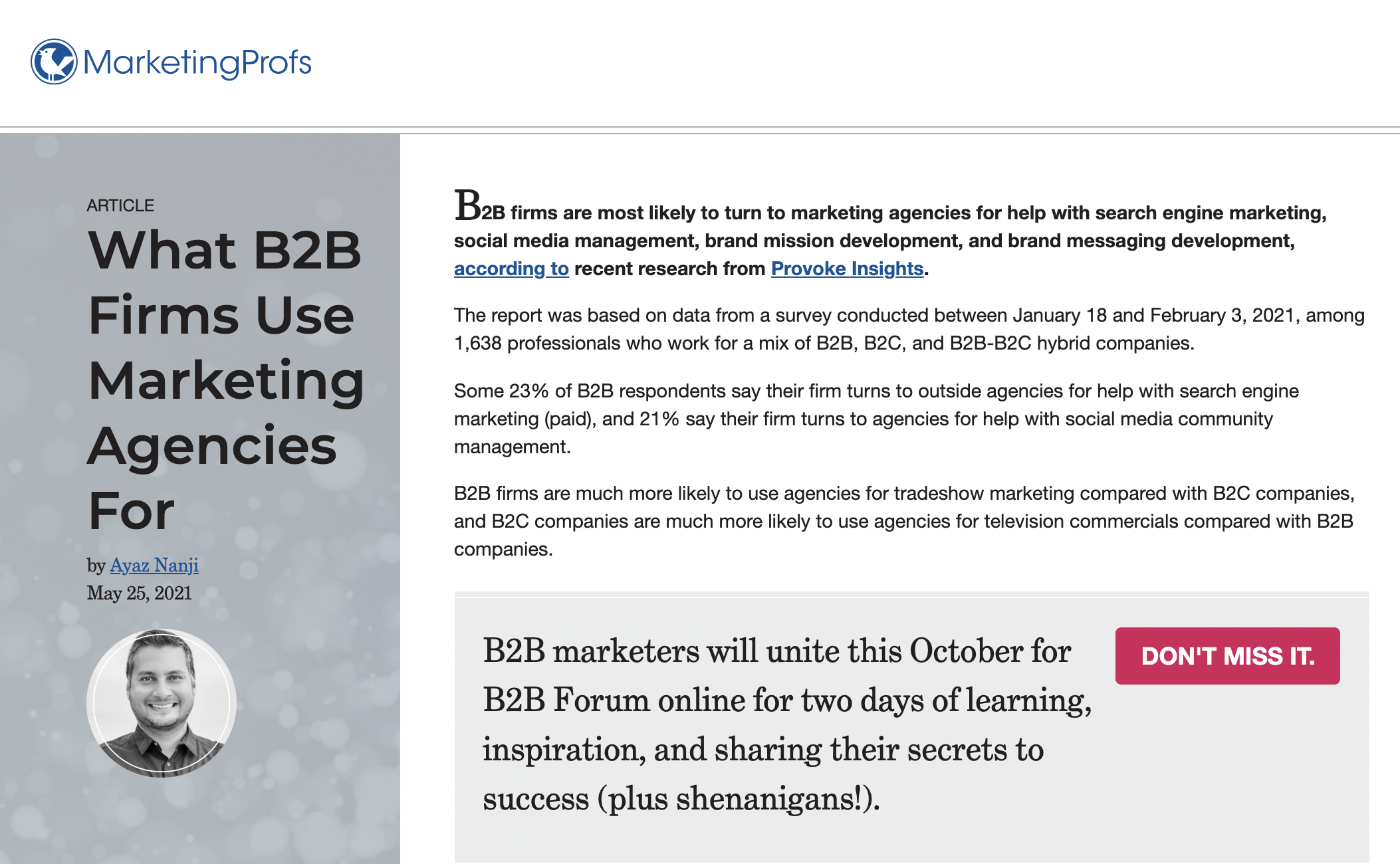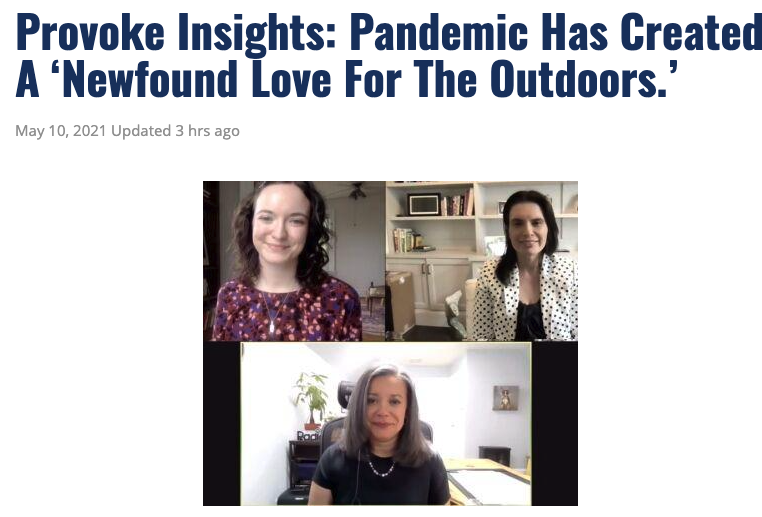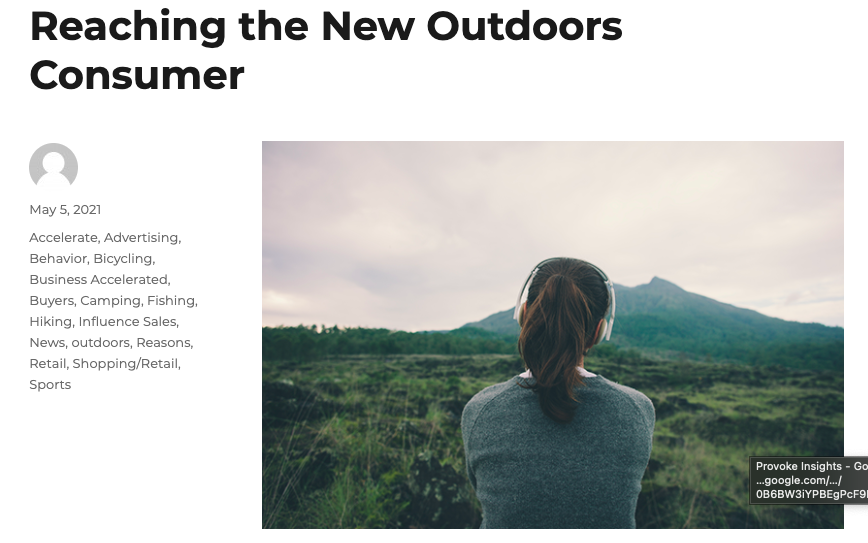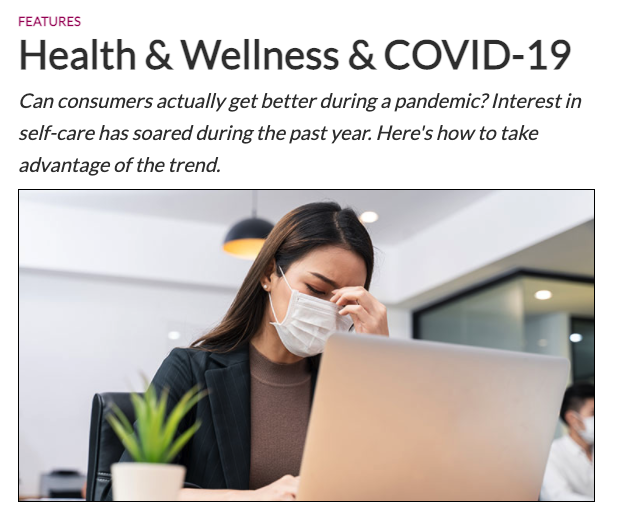What is Qualitative Research?
Qualitative research is non-numerical data that assesses a small number of people in order to garner ideas and insights. This is typically achieved through methods such as focus groups, ethnographies, and in-depth interviews. These exploratory strategies can provide a deep look into the minds and thought-processes of consumers. However, the results can not be used to represent the population as they can with quantitative research. Here are some pros and cons of qualitative analysis to keep in mind when deciding if this methodology is suitable for your brand’s current needs.
Pros
Gain Deeper Insight into Your Consumers’ Minds
Focus groups and interviews allow brands to probe into a person’s opinions and feelings. Follow-up questions give moderators or interviewers the opportunity to gain deeper understanding of the “why” in response to an initial question. Though open-ended questions in a survey can touch the surface layer of understanding, there is no comparison to what can be uncovered through intimate conversation. These detailed insights can provide your brand with a colorful picture of who the audience is and what they think of your brand or product.
Observe Emotions
People can sometimes hide their true feelings behind tone of voice, gestures, or facial expressions. This is why it is difficult to detect sarcasm in an email or text message. It is difficult, if not impossible, to pick up on individual consumers’ inner thoughts and feelings through quantitative methods. You can only experience these unspoken nuances through personal interaction with a subject. Including these unspoken details in your research can lead to more accurate and insightful observations.
Expand Your Audience by Conducting Research Virtually
The pandemic taught the world that many industries could pivot to conduct business in ways outside of traditional procedures. This is true for qualitative research strategies. Conducting in-depth interviews and focus groups online has allowed for research to continue through the COVID-19 pandemic. Looking beyond 2021, virtual qualitative sessions have the potential to allow brands to conduct qualitative research that may have previously been out of budget.
Furthermore, virtual focus groups make it possible to include subjects from different locations in the same session to allow for a more diversified conversation.
A research facility allows for minimal distraction. However, another unforeseen benefit of online qualitative research is that it captures the audience where they are. The research provides a glimpse into their life and environment that you do not capture at a facility.
Cons
Results Are Directional
Qualitative studies generally utilize a small sample size due to the in-depth nature. This means that although a brand may find useful insights through the results of a focus group or interview, the results are specific to each individual respondent. Patterns can not be quantified to match the population. A brand should consider how they plan to use their research when deciding how to approach the study. If the goal is to gather feedback on product features or gain insight into consumer decisions or behaviors, qualitative research can be helpful even though patterns can not be generalized. But when trying to calculate market opportunity or measure brand resonance, quantitative methods are the way to go.
Results Rely Highly the Moderator and Proper Questioning
Qualitative research relies on the researcher’s ability to assess all aspects of a respondent’s answer from what they say, to how they say it, to what facial expressions they made while they say it. Some of these features can be difficult to interpret correctly and may come down to the subjective judgement of the moderator. If the moderator misinterprets any pieces, a company can be left missing details or incorrect information. These misjudgments can be avoided by allowing for multiple researchers to give thoughts on consumer responses. This can be done by having additional observers watching live from a ‘back room’ and for recording sessions to be reevaluated at a later time.
Researchers may also influence results through their questioning style. It is crucial for respondents to be as genuine as possible. In order to ensure this, questions must be clear and open-ended. Leading questions can cause an interviewee to respond with “the answer that the moderator wants” instead of with their true feelings. This can skew the results in favor of your brand’s agenda and provide an inaccurate outlook on your subject’s perceptions.
Qualitative Methods can be Costly
There are a number of expenses involved in conducting qualitative research. A moderator must be hired for each focus group or interview. Compensation for participants will generally be higher than the amount you would pay a survey respondent. It is also generally necessary to rent a facility to conduct the focus groups. However, in today’s climate, this cost can be reduced by holding sessions virtually through a video platform. If qualitative research is in your brand’s agenda, be sure to budget for all of the costs involved in conducting the study.
Interested in learning more about qualitative and quantitative research? Check out our other blogs here.
Are you interested in our market research capabilities?
-
Take a look at our research strategies here.
- Email us at [email protected].
- Sign up for our newsletters here.














